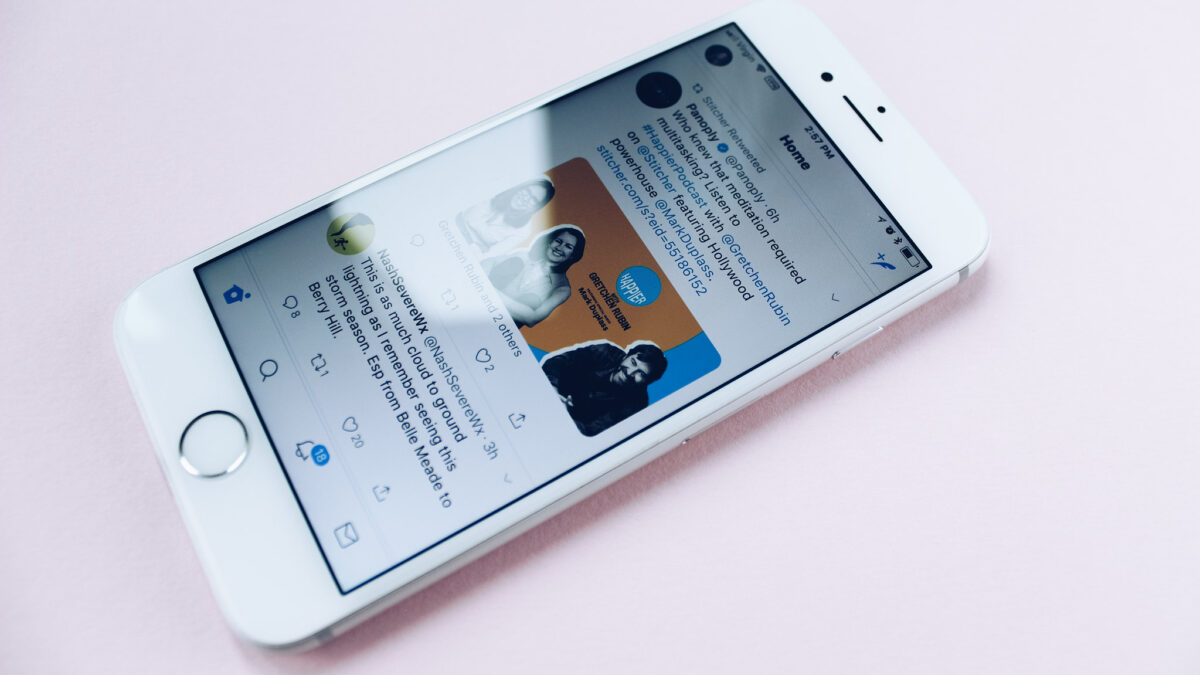As #RIPTwitter trends and the media are awash with coverage lamenting the site’s apparently imminent demise, a look at the actual data on Twitter’s usage suggests that the platform is far from dead. While Twitter is losing both employees and advertisers, and a few high-profile celebrities have departed, the platform’s core user base appears to be as engaged as ever — a point Elon Musk himself made recently. What do the numbers tell us?
While Twitter no longer regularly releases official statistics on daily tweet volume, its vital statistics can be estimated from its public data feeds. The timeline below shows the estimated total daily tweets (blue) and tweeting users (orange) from Jan. 1, 2012, through Nov. 8, 2022. Peaking in July 2013, Twitter’s popularity slowly declined over the years, until pandemic lockdowns led to skyrocketing growth — a surge that was wiped away just six months later, when Twitter’s 2020 election anti-misinformation efforts went astray. As Musk’s Twitter takeover became more likely over the last few months, daily tweet volume actually increased and has remained stable in the weeks since his acquisition.
In the words of Mark Twain, news of Twitter’s demise has been greatly exaggerated.
It would be possible for Twitter to experience extreme churn: its user base could be leaving en masse while being replaced at the same rate by an influx of conservatives emboldened by its perceived new moderation policies. But that doesn’t appear to be the case. The average “account age” (days since the account was created) of tweeting accounts (blue) continues to increase linearly, while the median account age (orange) remains stable. If existing users were making a massive exodus and being replaced by new users, these numbers would be plunging. Instead, they paint a picture of a stagnating site, with a dominant base of long-term users, around since the beginning, who use the platform heavily, along with a high-churn cadre of new users since the start of the pandemic who try it out and soon leave.
It is clear that despite all the proselytizing, there has been no concerted rush for the exits by the Twitterati.
Even the impact of Twitter’s short-lived experiment of allowing paid verification seems to have been far less serious than breathless media coverage would suggest. While a small number of high-profile impersonations attracted global headlines, verified tweets as a percentage of all tweets experienced a one-day peak of only around 0.7 percent of all tweets — barely up from 0.6 percent of all tweets in the past few months and right in line with the 0.7-0.75 percent of tweets for the first half of the year. Instead of the media’s hyperbole of a platform deluged with paid impersonators, it seems the reality was barely a blip.
Verified users exert an outsize role in driving the conversation on Twitter. On a typical day over the past two years, around 8 to 9 percent of all tweets are either tweets by verified users or retweets of those tweets, meaning as few as 400,000 users may be directly responsible for as much as one-tenth of the entire daily conversation on Twitter.
Twitter is increasingly an echo chamber for elite voices. Of 400 million tweets sent each day, more than half are merely retweets. Nearly 80 percent mention another user, but just over 20 percent are in the form of replies to another user. In essence, the Twitter that Elon Musk purchased is an echo chamber of a small group of elites to whom hundreds of millions of non-elites listen, amplify, and shout into the void in the vain hope that they, too, will achieve viral fame.
It is no wonder that the world of journalists, politicians, and celebrities is so concerned with Musk’s takeover: Twitter is far from being a public square where the citizens of democracy debate the future with equal voice. It is merely a traditional broadcast medium with a modicum of viewer feedback to make the plebians feel that they are being heard. Musk is now the loudest voice, and he can change the rules as he wishes.
At the same time, Musk’s promised transparency seems further away than ever, with key decisions being made at times on a whim around a kitchen table. In place of an open and deliberative moderation body drawing from across society, Musk has emphasized that he alone will decide what is allowable and that his decisions can be as simple as his own personal sensitivities.
On the other hand, more critical reporting about the platform is leading to greater insights into how it formerly functioned, including the role of activist groups working with the company to quietly and “routinely” take down hate-speech posts. Moreover, the journalism world that long dismissed content moderation as a straightforward task with clear answers is now confronting for the first time the massive complexities and tradeoffs that it entails.
In the end, Twitter confronts real challenges from its mass exodus of employees and advertisers. Yet, as the graphs above show, contrary to press and pundit consensus, Twitter’s users aren’t going anywhere. There simply is no complete platform that offers them the same self-reassuring forum of journalists, policymakers, and celebrities fawned upon by hundreds of millions who cheer them on or shout criticisms into the void. Perhaps the greatest change Musk’s purchase might yield is finally arousing concern from the press and policymakers about a handful of unelected billionaires controlling the modern public square.
This article was originally published by RealClearPolitics and made available via RealClearWire.








